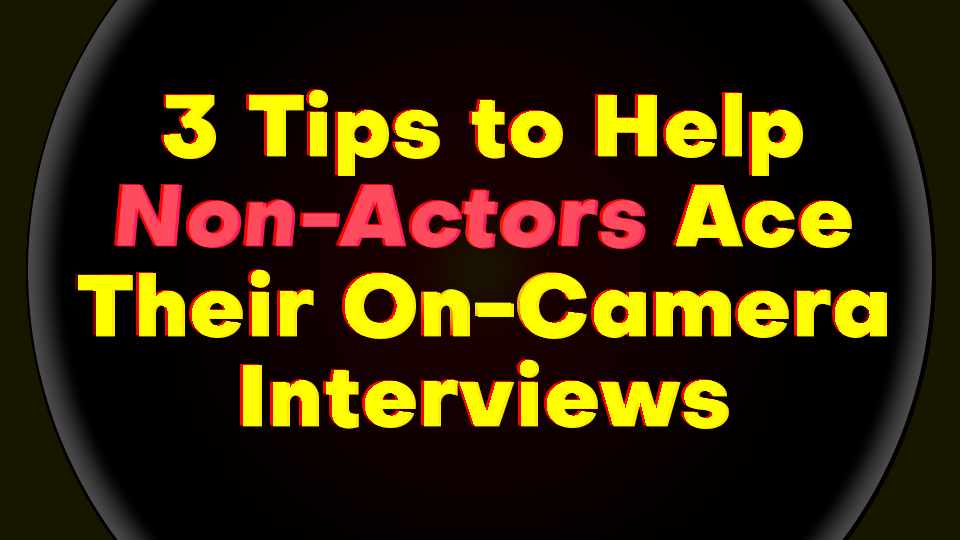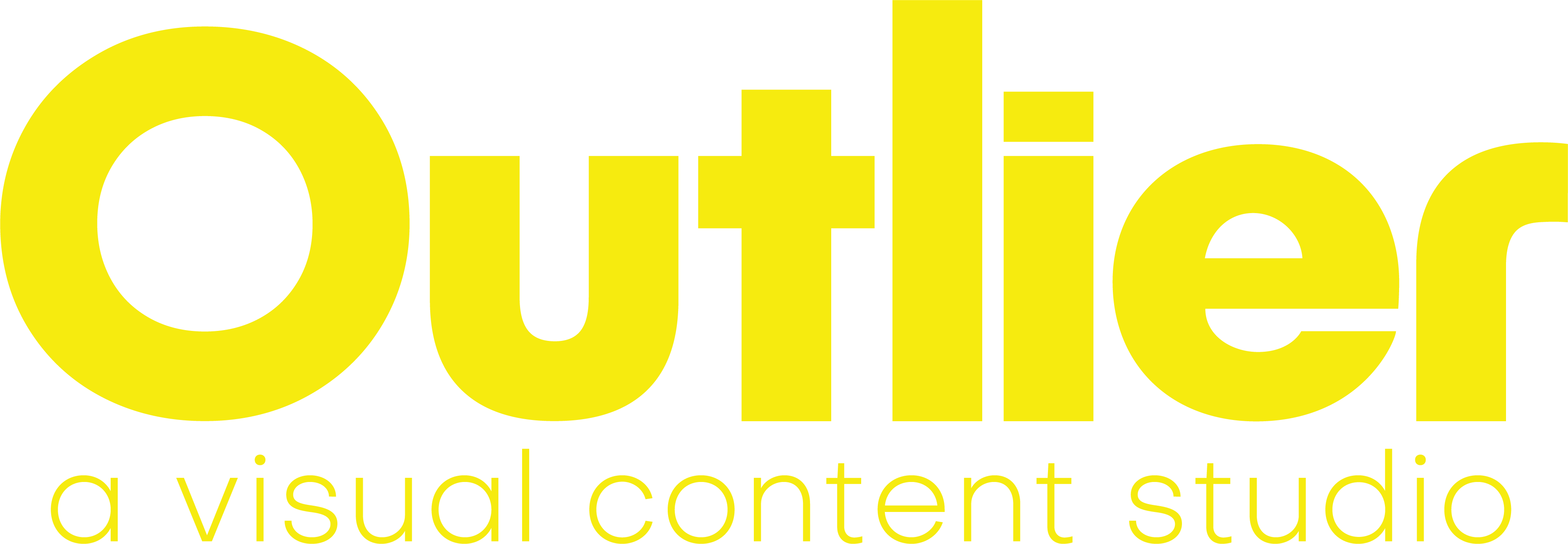
Their voice is cracking, they’re avoiding eye contact and giving unenthusiastic answers. These are just some (of the many) potential outcomes of interviewing people on camera who are not actors.
No matter who you are, it’s nerve-wracking to be in a literal spotlight. Even professional actors must learn to manage stage fright. Working in the video production space, we see this frequently and it is our job to help people navigate it and feel more comfortable on camera.
Thankfully, there are a handful of methods to help the everyday person feel like a pro. Here are three helpful tips that we always prioritize in any video shoot:
#1: Provide some clarity before the interview
To help alleviate any anxiety or jitters, it can help to provide a casual outline of what to expect a day or two prior to the video interview. Sending over pre-interview guidelines regarding what to wear, potential interview questions, the estimated amount of time this will take, and some of your goals for the shoot will help provide comfort to the interviewee.
Once the interviewee is on set, make sure they are comfortable by providing a ‘trial run’ of your questions off-camera. They may already have their talk-track in mind, so confirm that it aligns with what you are trying to capture. These off-camera discussions and trial runs can help you capture what you need, and also allow the interviewee to craft their replies so they feel prepared.
#2: Change your body language
While you’re instructing the interviewee on how to position themselves, where to look and posture, don’t forget about your own body language! How you interact with your interviewee will be hugely important in making them feel at ease.
It’s no secret that positive body language can make people feel more connected to each other. Talk to interviewees with an open posture by standing or sitting tall, with your arms uncrossed and leaning in. Make eye contact and smile to build trust and demonstrate that you’re non-judgemental and warm. Creating this trusting environment will allow people to open up and feel comfortable, making for a better interview.
Beyond getting them to open up, people will also start to mirror some of your behaviors and feel associated states of emotion (Bastiaansen, Thioux & Keysers, 2009). If you’re exuding openness, trust, and excitement, chances are your interviewee will too. Careful though, as this can also be a two-way street. Are you tilting your head or frequently using filler words? Your interviewee may be too.
Be conscious of your body language…as it probably won’t just be yours!
#3: Limit pressures – including time
Although it’s important to provide some structure of expectations for the interview, don’t be a stickler. Too much structure around what to say and the amount of allocated time can make anyone anxious, rigid and robotic.
Give the interviewee room to interpret and answer questions in a way that works for them. Perhaps they’ll go on a tangent, but that might provide some nuggets of unexpected material! It may even unearth intel into something they are passionate about and allow for a more engaging discussion. Additionally, it’ll allow them to speak freely and comfortably.
Bake in enough time in your filming schedule to allow for the unexpected. You might just be pleasantly surprised.
There is an art, and science, to engaging with someone on camera. The on-camera interview should never feel like an interrogation, rather you want it to feel comfortable and fun for the interviewee. With that in mind, not only will you make this an enjoyable experience for yourself and the interviewee, but you’ll also capture footage that is inspiring, engaging, and authentic.

